Dirt science and getting grubby!
21/11/2018
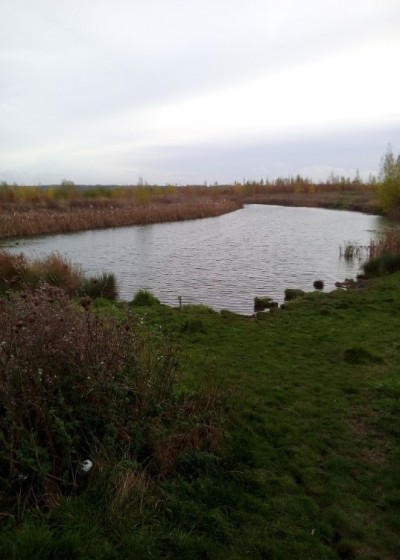
My first few weeks in Cranfield have been a bit overwhelming, with a complete difference in learning style (more independent learning), handing in assignments, learning how to paraphrase and reference properly to avoid plagiarism, and learning a new software from scratch but I am happy that I have made new friends during this time and they have made the transition and learning process easier.
Dr Jacqueline Hannam came in this week, all smiles, I knew I was in for a treat and I wasn’t wrong. I learnt about the physical, chemical and biological components of soil and their interactions. From identifying the different soil textures (sand, clay or loam) by moistening the soil sample and feeling it with your fingers, to identifying the different structures of soil and their effects on soil biology, compact or friable with aggregates respectively as seen below:
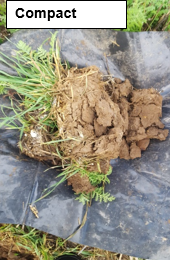
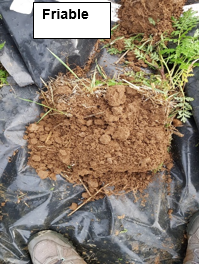
The major organisms which can be seen in the soil are earthworms also known as soil engineers (picture below) and they help to alleviate compaction, aerate and increase porosity in soil due to their burrowing activities.
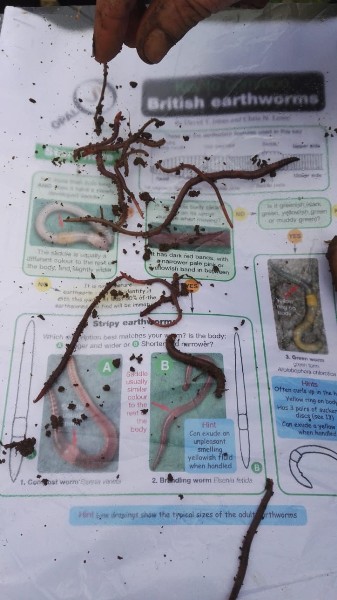
The different horizons of the soil (A (sandy loam),B (loamy sand),C (sand)) are also shown below, colour change which also indicates organic matter levels is evident in the different horizons at the Parrish farm.
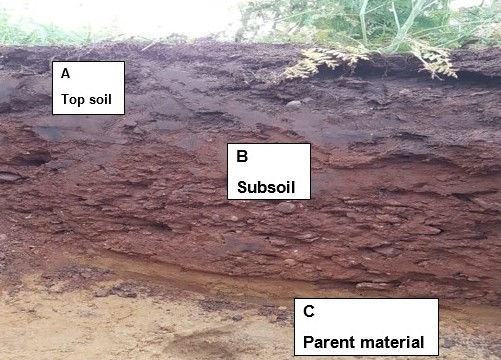
Learning about soil as a carbon store (three times more than the atmosphere) and the Nitrogen cycle, different forms of Nitrogen available for plant use and their effects on the soil and plant growth, the effect of PH on phosphorus mobility, biosolid (BS) and their benefits and the numerous methods of analysing these chemical properties was great. Dr Ruben Sakrabani says there will be in-depth explanations in the next module (can’t wait!). Lots of case studies too to aid understanding. Finally another visit to the Rectory Wood site (pictures below) by the Land Reclamation and Restoration MSc students as “consultants” to obtain data for decision making that will help us reach the restoration target for the woodland.
Soil is a living system that renders a lot of services (provisioning, regulating, cultural and supporting) to us hence the need to utilise it sustainably since it takes a very long time to renew (1cm in 1000 years)! I had great fun learning this week (lots of team work and field trips) and I look forward to my next module. In all, it was a fun and enjoyable week with the integration of class room learning and relevant field and industry experience which I am discovering is unique to modules here at Cranfield.
I’ve had the best learning experience here with a beautiful and serene environment, excellent IT training sessions for different skills, career prospects awareness and lots of PC labs too (Building 90 is my favourite). I hope to enjoy my year in Cranfield to the maximum while acquiring relevant skills along the way.
Thank you Cranfield!
Categories & Tags:
Leave a comment on this post:
You might also like…
Automotive Engineering: From student to hypercar innovation at Rimac
We sat down with recent graduate Thomas Perrin, to discuss how his year on the MSc in Automotive Engineering at Cranfield University propelled him from the lecture hall directly into the ...
What this year at Cranfield really meant to me
Every Cranfield journey is unique. In this alumni reflection, Zachea Scicluna shares what her year at Cranfield truly meant, from facing uncertainty to gaining hands-on experience in industry-backed projects. I’ve been reflecting (and delaying) ...
Preparing for assignments and exams?
Sorry! We know it seems a bit mean to mention the exams in January rather than looking forward to the break before it! However, we know many of you will be thinking about your forthcoming ...
Screening for FTSE 100 companies on Bloomberg
So you’re researching an index and need some data on its constituent companies? Bloomberg’s Equity Screening tool makes light work of this, not just for the FTSE, but for indices, exchanges and sectors worldwide. Type EQS ...
Accelerating my future: How Cranfield put me on the fast track to automotive safety innovation
Hello! I’m Michaela Kaiser, and I’m thrilled to share my journey studying abroad. I’m from Calgary, Canada, and I recently graduated from Cranfield’s MSc Automotive Engineering course. My path to Cranfield ...
From Myanmar to Cranfield: My path to Renewable Energy
As someone who is passionate about sustainability, my career goal is to build a path in the renewable energy sector. My aspirations comes from the benefits of developing sustainable energy sources and ensuring energy ...

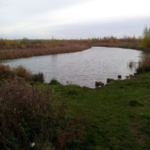
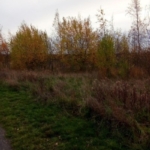






This is a good article, keep up the good work Blessing.
Thank you
Honestly, you just made this part of science alive to me! Good work!
Thanks